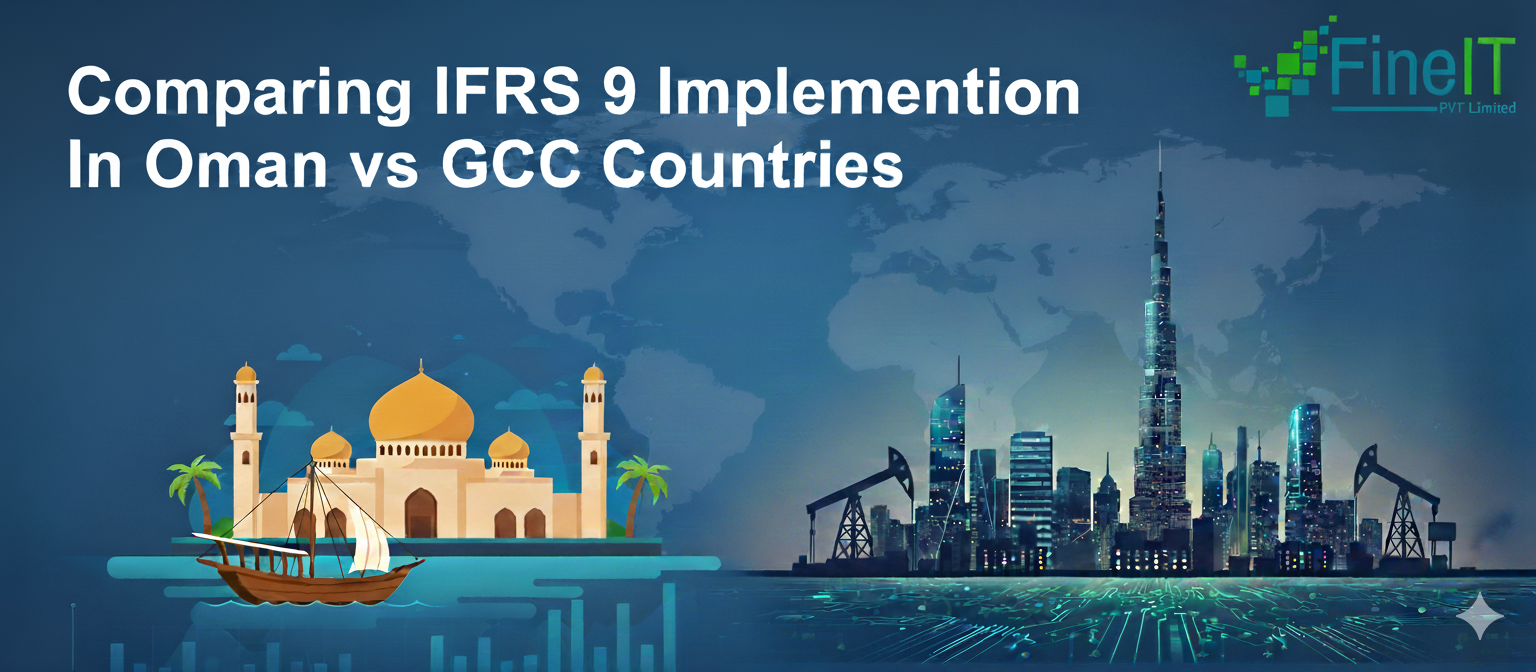The adoption of International Financial Reporting Standard 9 (IFRS 9) marked a significant shift in how financial instruments are accounted for globally. Replacing IAS 39, IFRS 9 introduced new requirements for classification and measurement, impairment (expected credit loss model), and hedge accounting. For the Gulf Cooperation Council (GCC) countries, including Oman, its implementation has brought both challenges and opportunities, with varying degrees of impact and readiness across the region.
The Mandate and Regional Context
IFRS 9 became effective for annual periods beginning on or after 1 January 2018. As members of the global financial community, GCC countries, through their respective central banks and regulatory bodies, mandated its adoption. The primary goal was to enhance the transparency and stability of financial reporting, particularly in light of lessons learned from the 2008 global financial crisis.
The GCC financial landscape is characterized by a strong banking sector, significant government influence, and economies heavily reliant on oil and gas. While these commonalities exist, the nuances of each country’s regulatory environment, market sophistication, and banking system structure have led to distinct experiences in IFRS 9 implementation.
Oman’s Journey with IFRS 9
Oman’s financial sector, overseen by the Central Bank of Oman (CBO) and the Capital Market Authority (CMA), embarked on its IFRS 9 journey with a focus on meticulous preparation. Omani banks, in particular, invested heavily in upgrading their IT infrastructure, data collection capabilities, and risk management models.
Key aspects of Oman’s implementation included:
- Data Readiness: A significant challenge was ensuring the availability and quality of historical data required for the sophisticated Expected Credit Loss (ECL) models, particularly for retail and SME portfolios.
- Model Development: Banks developed and validated complex ECL models, often collaborating with external consultants, to estimate potential future losses over the lifetime of financial instruments. This involved scenario analysis and forward-looking information.
- Regulatory Guidance: The CBO provided guidance and conducted workshops to help financial institutions navigate the complexities, fostering a relatively smooth transition.
- Impact on Provisions: Initial impacts saw an increase in loan loss provisions for many Omani banks, reflecting the forward-looking nature of the ECL model compared to the incurred loss model of IAS 39.
Oman’s approach has been characterized by a steady, methodical integration of IFRS 9, with a strong emphasis on capacity building within financial institutions.
IFRS 9 Implementation Across Other GCC Countries
While Oman’s experience shares common threads, other GCC countries have presented their own unique dynamics:
- United Arab Emirates (UAE): With Dubai and Abu Dhabi serving as major financial hubs, the UAE’s large and diverse banking sector faced perhaps the most complex implementation due to the sheer volume and variety of financial instruments. Early adoption readiness was high, driven by a well-resourced financial industry and robust regulatory oversight from the Central Bank of UAE.
- Saudi Arabia: As the largest economy in the GCC, Saudi Arabia’s financial institutions, including major banks, undertook extensive projects to comply. The Saudi Central Bank (SAMA) played a crucial role in issuing detailed regulations and supporting banks through the process. A key focus was on integrating IFRS 9 with national accounting standards where applicable.
- Qatar: Qatar’s financial sector, though smaller than Saudi Arabia or UAE, is highly sophisticated. Qatari banks generally demonstrated strong technical capabilities and access to resources, enabling a relatively efficient implementation, with a focus on robust risk management frameworks.
- Kuwait: Kuwaiti banks also dedicated significant resources to IFRS 9, facing similar challenges related to data quality and model development. The Central Bank of Kuwait provided extensive guidance and support to ensure compliance.
- Bahrain: As a traditional financial services hub, Bahrain’s institutions adapted to IFRS 9 with a focus on aligning with international best practices. Its smaller market size allowed for more direct regulatory engagement during the transition.
Commonalities and Divergences
Common Challenges Across GCC:
- Data Availability and Quality: A universal hurdle was sourcing, cleaning, and validating historical data for ECL calculations.
- Model Complexity: Developing and validating robust, forward-looking ECL models, especially for unique local market conditions, required significant expertise and investment.
- System Upgrades: Extensive IT system enhancements were necessary to handle the new data requirements and calculations.
- Skilled Personnel: A shortage of professionals with expertise in both accounting and quantitative risk modeling posed a challenge.
Divergences and Best Practices:
- Pace of Adoption: While the effective date was uniform, the intensity and pace of pre-implementation work varied based on institutional size, complexity, and available resources.
- Regulatory Interpretation: Although IFRS 9 is a global standard, national regulators provided specific interpretations and guidelines, leading to subtle differences in application.
- Impact on Capital: The initial increase in provisions had varied impacts on capital ratios across different banks and countries, necessitating careful management and communication with regulators.
- Digital Transformation: Some GCC countries, particularly the UAE, leveraged IFRS 9 as an impetus for broader digital transformation within their financial sectors, integrating AI and machine learning into their risk and compliance functions.
Conclusion
The implementation of IFRS 9 across Oman and other GCC countries has been a complex but ultimately beneficial endeavor. It has ushered in a more prudent, forward-looking approach to financial reporting, enhancing transparency and resilience within the region’s financial sectors. While common challenges were faced, each country’s unique economic structure and regulatory environment shaped its specific journey. The collective experience has strengthened the GCC’s position within the global financial system, fostering greater confidence and stability.
At FineIT, we specialize in helping Omani financial institutions design, implement, and validate IFRS 9-compliant ECL models, governance frameworks, and regulatory reporting structures.
Our experts ensure alignment with Central Bank of Oman (CBO) requirements while optimizing your risk management and financial performance.



